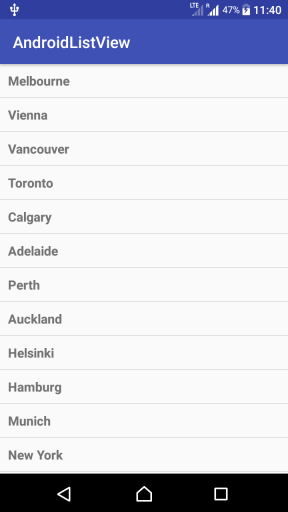
View Layout: It defines the initial layout of the Widget and is defined in the xml file.AppWidgetProvider: It is for paging over a collection of objects where no.AppWidgetProviderInfo: It is the object that defines the metadata of the widget like its layout, updates, etc.There are three important components of Android Widgets: onReceive(): The system calls it to dispatch calls to different methods of the class.onDisabled(): The system calls it when the last instance of AppWidgetProvider is deleted.

onEnabled(): The system calls it when AppWidgetProvider is created.onDelete(): The system calls it when some AppWidgetProvider is deleted.RemoteViews r_views = new RemoteViews(context.getPackageName(), R.layout.activity_main) įollowing are certain methods, that are defined in this class which helps to customize the widgets: To create it, we need to define in its layout file as: Īfter we have defined it, we would create a java file, where it is important to declare two things that are : PendingIntent pending_intent = PendingIntent.getActivity(context, 0, intent_new, 0)


The best example of it can be the Weather forecast and the Clock, that is used by almost all the users of Android.Įxplore Android Application Components with DataFlair To understand clearly, one can define them as small gadgets or controls of one application. These are actually one of the best features of the android app as they display the information to the users on their screen. In this article, we will learn about Android Widgets. Widgets are the UI components that enable users to interact with the app while saving their time. We offer you a brighter future with FREE online courses Start Now!!


 0 kommentar(er)
0 kommentar(er)
